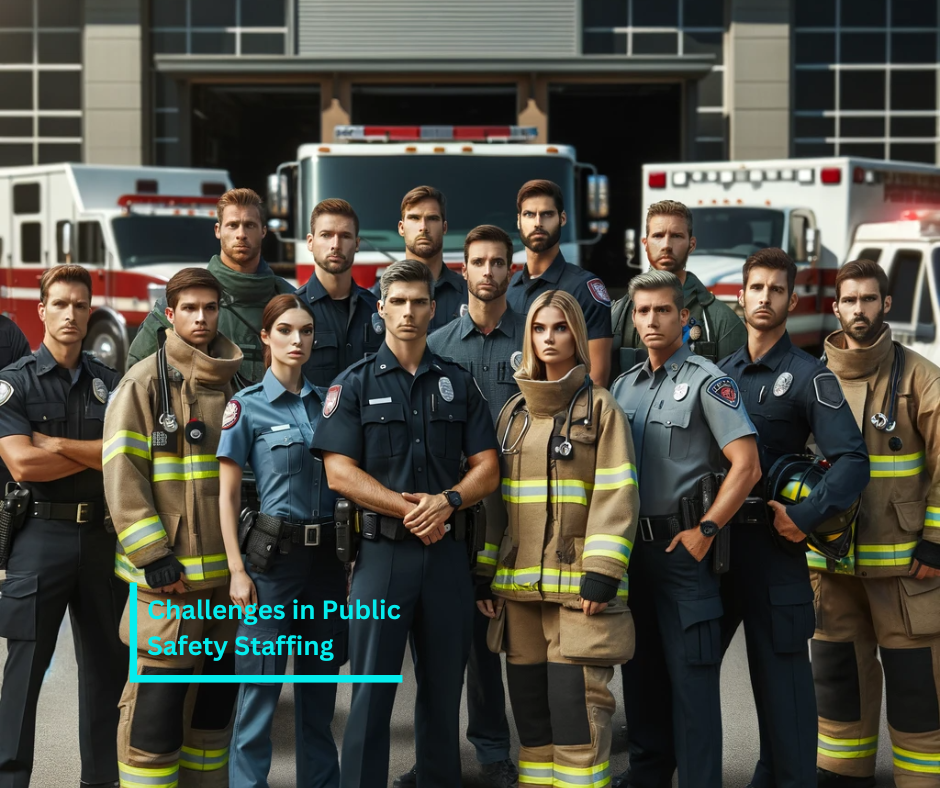Navigating the Complexities of Public Safety Staffing: Strategies for Leaders
In the complex world of public safety, leaders are tasked with a multifaceted challenge: balancing the staffing priorities of various first responder units such as police, fire departments, and emergency medical services (EMS). This post delves into strategies for managing these critical resources effectively.
1. Understanding the Scope of Public Safety Needs
Public safety encompasses a broad range of services, from crime prevention and response to firefighting and medical emergencies. Each unit has its unique demands and requires a specific set of skills and resources. Leaders must understand these needs deeply to allocate staffing efficiently.
2. Strategic Staffing for Varied First Responder Roles
Effective staffing goes beyond numbers; it's about placing the right people in the right roles. Police officers, firefighters, and EMS personnel each have specialized training and responsibilities. Leaders should focus on building diverse teams that can handle a wide range of situations.
3. Leveraging Technology for Enhanced Coordination
Advancements in technology can significantly aid in managing public safety staffing. Tools like dynamic scheduling software, real-time communication platforms, and data analytics can provide insights into resource allocation and emergency response needs, leading to more informed decision-making.
4. Community Engagement and Feedback
Engaging with the community provides valuable insights into public safety priorities. Tools and platforms that facilitate community feedback can help leaders understand resident concerns, ranging from crime rates to response times, and adjust staffing accordingly.
5. Addressing the Challenges of Overlapping Jurisdictions
Public safety often involves navigating complex jurisdictional landscapes. Coordination between different agencies and understanding overlapping responsibilities are crucial for effective response and resource allocation.
6. Training and Development
Continuous training and development are vital for first responders. Keeping up with the latest techniques and technologies ensures that personnel are prepared to handle evolving challenges in public safety.
7. Mental Health and Wellbeing of First Responders
The mental health and well-being of first responders are critical. Leaders must ensure that staff have access to mental health resources and support, acknowledging the stressful nature of their work.
8. Balancing Budget Constraints
Public safety staffing must often be managed within the constraints of limited budgets. Leaders need to make tough decisions on where to allocate funds, balancing immediate needs with long-term investments in personnel and technology.
9. Preparing for Unpredictable Events
Public safety is inherently unpredictable. Emergency situations can arise without warning, requiring quick and efficient mobilization of resources. Preparing for such events involves regular drills, scenario planning, and maintaining a ready reserve of personnel and equipment.
Summary
Balancing public safety staffing priorities is a complex but vital task. It requires a nuanced understanding of the different roles within first responder teams, effective use of technology, community engagement, and a focus on the well-being of staff. By adopting a strategic approach, public safety leaders can ensure that their teams are well-equipped to protect and serve their communities effectively.


